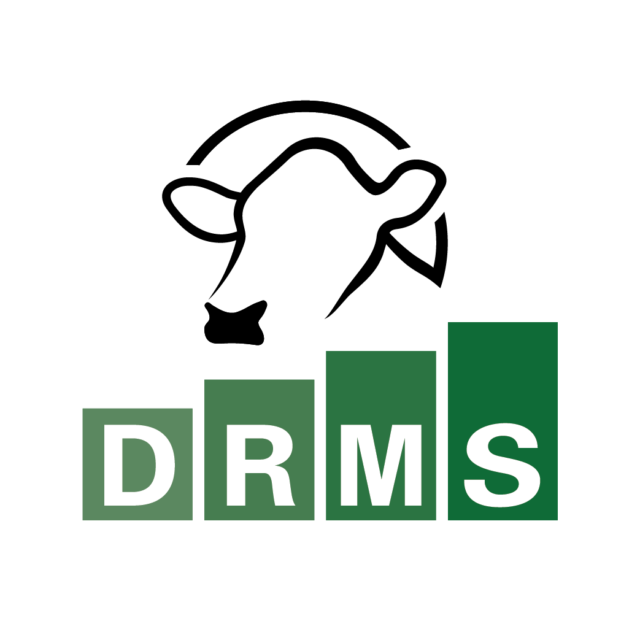After calving, cows have good appetites and a rapid rise to peak milk production. And calves born to metabolically acidified cows seem to be more vigorous, drink well and get off to a better start. All of these are visual clues producers use to help monitor the success of their transition cow program.
In addition to the anecdotal evidence, negative-DCAD diets have decades of research clearly showing the benefits of preventing hypocalcemia. Maintaining normal blood calcium reduces the risk and incidence of retained placenta, metritis, displaced abomasums and ketosis.
In fact, in a 2017 study, cows that experienced subclinical hypocalcemia, as defined by blood calcium of less than or equal to 2.14 mmol/L, had greater odds for experiencing disease – three times more for retained placenta and metritis, 3.7 times more for displaced abomasums and 5.5 times more for ketosis. Multiparous cows with subclinical hypocalcemia had an even greater chance of developing metritis, 4.85 times more. Cows that experienced clinical or subclinical hypocalcemia also had reduced immune response and delayed first estrus after calving.
An increased incidence of any of these problems takes a toll on the health and productivity of dairy cows and on the profitability of the farm. In knowing one problem often leads to another, preventing that initial setback is critical. Transition cows with clinical or subclinical hypocalcemia are more likely to return to the hospital pen for treatment of another issue and are at increased risk for early culling.
However, many producers mistakenly believe if they do not have to treat down cows for milk fever, nothing is wrong. But subclinical hypocalcemia is a ghost, a silent thief. I encourage you to stop and think about how many cows in your herd develop retained placentas, metritis, displaced abomasums or ketosis. In smaller herds that might not be able to calculate incidence rates, ask yourself if calving cows is something you look forward to with great enthusiasm or something you dread.
Each incidence of disease carries a cost. At a minimum, that cost is treatment plus lost milk production plus reduced reproductive efficiency and increased risk for early culling. When research shows subclinical hypocalcemia affects 25 to 40 percent of primiparous cows and 45 to 80 percent of multiparous cows, that is a lot of lost opportunity and a lot of additional cost in treatment. Each case of clinical hypocalcemia is estimated to cost about $300. Subclinical hypocalcemia is estimated to cost about $125 per case.
To better understand the cost, let’s use a 100-cow dairy with a 2 percent incidence of milk fever. The annual cost of clinical hypocalcemia is about $600 (2 cows x $300). In that same herd, if 40 percent of cows experience subclinical hypocalcemia, the cost would be about $5,000 (40 cows x $125). If the incidence rate rises to 50 percent, the cost grows to $6,250 (50 cows x $125).
For a 1,000-cow dairy, multiply those results by 10. That puts the annual cost of clinical hypocalcemia at $6,000 (20 cows x $300) and the annual cost of subclinical hypocalcemia at $50,000 (400 cows x $125) to $62,500 (500 cows x $125), depending on your incidence rate. Subclinical hypocalcemia silently steals profits and undermines cow productivity.
While the dairy industry has made great strides at reducing the incidence of clinical hypocalcemia, there is more that can be done to reduce the incidence of subclinical hypocalcemia and the cascade of health problems transition cows often experience. According to a phone survey conducted by Progressive Dairyman, most U.S. dairy producers do not feed a negative-DCAD diet. In herds with 200 cows or fewer, 75 percent did not use a negative-DCAD diet. In herds with 200 or more cows, 54 percent did not use a negative-DCAD diet. (Progressive Dairyman, Issue 17, Oct. 19, 2018, Most U.S. dairy farms do not feed DCAD diet during the dry period). That gives us a lot of room for improvement.
Make a change for the better
The first step is to really look at your cows, your health records and the number of cows you treat for typical transition cow diseases. According to the New York State Cattle Health Assurance Program, top producers are able to achieve the following incidence rates: milk fever less than 2 percent, displaced abomasum less than 3 percent, retained placenta less than 8 percent, clinical ketosis between 3 and 21 days in milk less than 3 percent, and subclinical ketosis between 3 and 21 days in milk less than 15 percent.
If your incidence rate is higher than the achievable rate listed, you have room to improve. If you would like to once again see calving as fun, as an opportunity, then take steps to prevent hypocalcemia.
Implementing a negative-DCAD diet for your pre-fresh cows is one good step toward achieving these low incidence-rate goals. It is a simple ration-balancing exercise. Work with your nutritionist to analyze forages and byproduct feeds. Select ingredients low in potassium and sodium, and supplement cows with an acidogenic product to reach your target DCAD value.
Then check urine pH to make sure cows become metabolically acidified, a urine pH of 6 to 7. Periodically recheck urine pH and adjust DCAD as needed to keep the average pH of cows between 6 and 7. Once you eliminate hypocalcemia as a regular root cause of other transition cow problems, you can focus your attention on other aspects of cow management that also play a key role in keeping transition cows healthy and producing well.
While research has not yet defined the optimal level of DCAD, research and on-farm use demonstrate negative DCAD works. According to a recent meta-analysis by José Santos, University of Florida, current research suggests the ideal DCAD to optimize health and production is likely somewhere between -50 to -150 mEq per kilogram for multiparous cows. The meta-analysis also confirmed negative-DCAD diets in this range reduced milk fever, subclinical hypocalcemia, retained placentas and metritis as well as increased milk yield and fat-corrected milk in multiparous cows.
Instead of treating problems, change your focus to prevention. Negative-DCAD diets work, and hypocalcemia prevention pays. ![]()

-
Tim Brown
- Director of Technical Support
- SoyChlor
- Email Tim Brown






